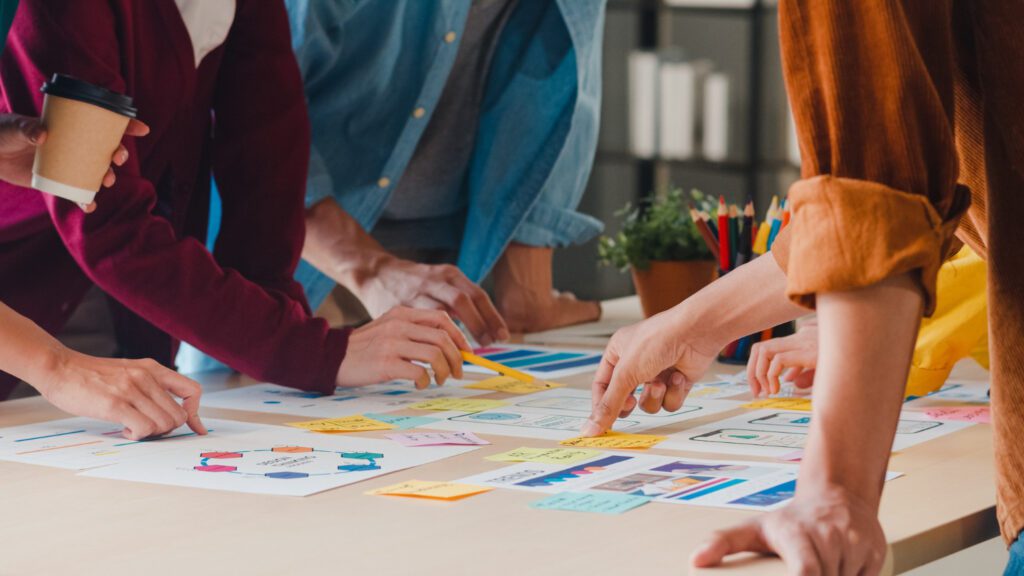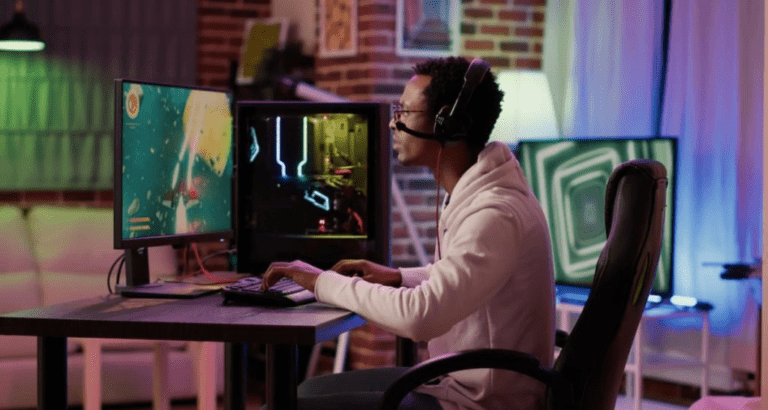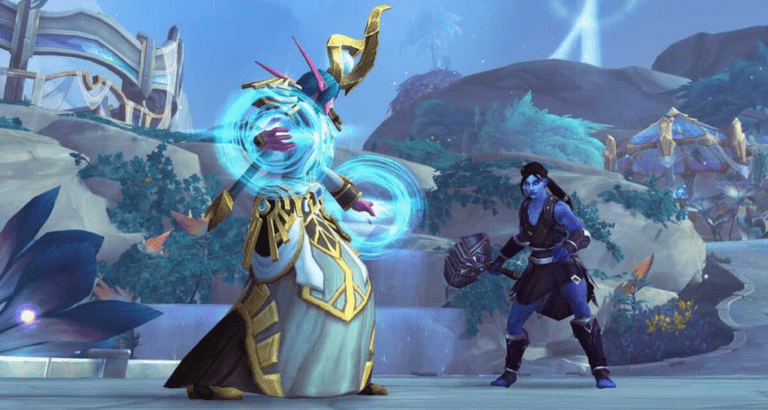Takeaway
Effective collaboration with external game designers is crucial for the success of any game development project. By establishing clear communication channels, setting mutual expectations, and leveraging the strengths of both internal and external teams, game developers can create innovative and engaging gaming experiences that resonate with players. This article delves into the best practices for collaborating with external game designers, ensuring a seamless integration of ideas and expertise.
Understanding the Role of External Game Designers
External game designers bring a wealth of experience and fresh perspectives to a project. They can specialize in various aspects of game design, including level design, character development, narrative crafting, and user experience (UX) design. Their involvement can enhance creativity and innovation, allowing for the exploration of new ideas that may not have been considered by the internal team.
Identifying the Right External Designers
Before initiating collaboration, it is essential to identify external designers whose skills align with the project’s needs. This involves evaluating their portfolio, understanding their design philosophy, and assessing their previous work in relation to the genre and style of the game being developed. Platforms like Behance, ArtStation, and LinkedIn can be valuable resources for finding qualified designers.
Establishing Clear Communication Channels
Effective communication is the backbone of successful collaboration. Establishing clear communication channels ensures that all parties are on the same page and can share ideas, feedback, and concerns promptly. Here are some strategies to enhance communication:
Utilizing Project Management Tools
Implementing project management tools such as Trello, Asana, or Jira can streamline communication and task management. These platforms allow teams to assign tasks, set deadlines, and track progress in real-time. By using these tools, both internal and external designers can maintain transparency and accountability throughout the project lifecycle.
Regular Check-Ins and Updates
Scheduling regular check-ins, whether weekly or bi-weekly, can help maintain momentum and address any issues that may arise. These meetings should focus on progress updates, feedback sessions, and brainstorming new ideas. Video conferencing tools like Zoom or Microsoft Teams can facilitate these discussions, allowing for face-to-face interaction that fosters collaboration.

Setting Mutual Expectations
To avoid misunderstandings and ensure a smooth workflow, it is vital to set mutual expectations from the outset. This includes defining roles, responsibilities, and deliverables for both internal and external teams.
Defining Roles and Responsibilities
Clearly delineating roles and responsibilities helps prevent overlap and confusion. For instance, if an external designer is responsible for character design, the internal team should focus on integrating these designs into the game engine and ensuring they align with the overall vision. Documenting these roles in a shared project brief can serve as a reference point throughout the collaboration.
Establishing Deliverables and Timelines
Setting specific deliverables and timelines is crucial for maintaining project momentum. Both teams should agree on what constitutes a successful deliverable, whether it be a character model, level design, or gameplay mechanics. Additionally, establishing realistic timelines helps manage expectations and ensures that all parties are aware of deadlines.
Leveraging Strengths and Expertise
One of the primary advantages of collaborating with external game designers is the opportunity to leverage their unique strengths and expertise. By recognizing and utilizing these strengths, game development teams can enhance the overall quality of the project.
Encouraging Creative Input
External designers often bring fresh ideas and innovative approaches to game design. Encouraging them to share their creative input can lead to groundbreaking concepts that elevate the game. This can be achieved through brainstorming sessions, where all team members are invited to contribute ideas without judgment. Such an inclusive environment fosters creativity and collaboration.

Integrating Feedback Loops
Establishing feedback loops is essential for refining ideas and ensuring that the project stays on track. Regularly soliciting feedback from both internal and external designers allows for continuous improvement and adaptation. This iterative process can help identify potential issues early on, reducing the risk of costly revisions later in development.
Maintaining a Collaborative Culture
Fostering a collaborative culture is vital for the success of any project involving external designers. This involves creating an environment where all team members feel valued and empowered to contribute their ideas and expertise.
Building Relationships
Investing time in building relationships with external designers can lead to more effective collaboration. This can be achieved through team-building activities, informal gatherings, or even virtual coffee breaks. Establishing rapport helps create a sense of camaraderie, making it easier for team members to communicate openly and share ideas.
Encouraging Knowledge Sharing
Encouraging knowledge sharing between internal and external teams can enhance the overall skill set of the project. This can be facilitated through workshops, presentations, or collaborative brainstorming sessions. By sharing insights and expertise, both teams can learn from each other and improve their respective workflows.
Addressing Challenges in Collaboration
While collaboration can yield significant benefits, it is not without its challenges. Being aware of potential obstacles and having strategies in place to address them is crucial for maintaining a productive working relationship.
Managing Time Zone Differences
When collaborating with external designers from different geographical locations, time zone differences can pose challenges. To mitigate this, it is essential to establish a common working window where all team members can be available for meetings and discussions. Additionally, utilizing asynchronous communication tools can help bridge the gap, allowing team members to contribute at their convenience.
Resolving Conflicts
Conflicts may arise during collaboration due to differing opinions or creative visions. Addressing these conflicts promptly and constructively is essential for maintaining a positive working environment. Encouraging open dialogue and focusing on finding common ground can help resolve disputes amicably. In some cases, involving a neutral third party can facilitate discussions and lead to a resolution.
Conclusion
In conclusion, effective collaboration with external game designers is a multifaceted process that requires clear communication, mutual expectations, and a collaborative culture. By leveraging the strengths of both internal and external teams, game developers can create innovative and engaging gaming experiences. Key takeaways include:
- Identify the right external designers based on their expertise and portfolio.
- Establish clear communication channels using project management tools.
- Set mutual expectations regarding roles, responsibilities, and deliverables.
- Encourage creative input and integrate feedback loops for continuous improvement.
- Foster a collaborative culture by building relationships and encouraging knowledge sharing.
- Address challenges proactively, including time zone differences and conflict resolution.
By implementing these strategies, game development companies can enhance their collaboration with external designers, ultimately leading to the successful creation of captivating games that resonate with players.

